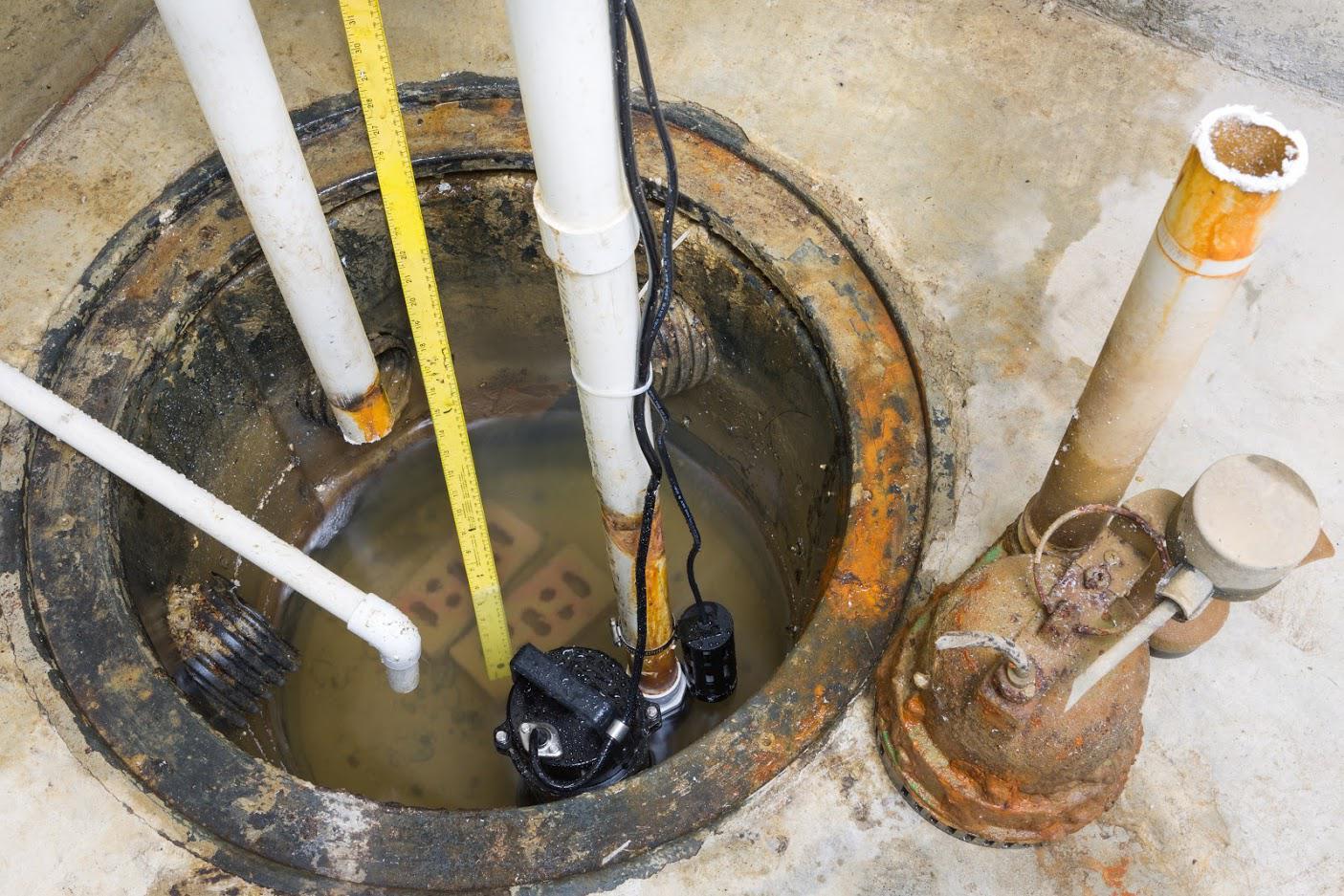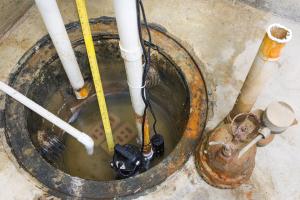Our Comprehensive Guide to Cleaning a Sump Pump
Visit My Web PageHow do you really feel in regards to How to Care for Your Sump Pump?

Sump pumps are important components in several homes, particularly in locations susceptible to flooding or too much wetness. They aid stop water damages by effectively getting rid of excess water from basements or crawl spaces. Nevertheless, like any other appliance, sump pumps need routine upkeep to guarantee they function efficiently when required one of the most. Cleaning your sump pump is a vital part of its maintenance, and recognizing how to do it correctly can save you from expensive repair services and possible calamities.
Intro
Keeping a tidy sump pump is vital for its proper functioning and longevity. Overlooking this important task can lead to clogs, breakdowns, and inevitably, water damage to your property. Therefore, finding out exactly how to clean a sump pump is crucial for home owners that rely on these tools to keep their cellars dry and secured.
Indicators of a Dirty Sump Pump
Knowing when your sump pump needs cleaning is vital for protecting against possible malfunctions. Some common signs that suggest a dirty sump pump consist of strange noises throughout operation, reduced water circulation, and visible particles in the pit. If you see any one of these signs and symptoms, it's essential to clean your sump pump promptly to prevent any more problems.
Preparing for Cleaning
Before you begin cleansing your sump pump, it's important to take some safety preventative measures. Begin by shutting down the power to the pump to avoid any kind of electrical crashes. In addition, put on appropriate protective equipment, such as handwear covers and goggles, to secure yourself from dirt, debris, and potential pathogens.
Comprehending the Sump Pump
Prior to diving right into the cleansing procedure, it's essential to have a basic understanding of how a sump pump works. Normally set up in a pit or basin below the cellar flooring, a sump pump consists of numerous crucial parts, including a pump, a float switch, and a discharge pipeline. When water builds up in the pit, the float button turns on the pump, which after that pumps the water out through the discharge pipe, away from the structure's structure.
Step-by-step Guide to Cleansing a Sump Pump
Shutting Off the Power
Begin by detaching the power supply to the sump pump to avoid any type of accidents while cleaning.
Looking For Appropriate Performance
Before reinstalling the pump, do a quick test to guarantee that the float button triggers the pump appropriately. Pour some water into the sump pit and observe the pump's operation. If everything is functioning appropriately, you can rebuild the pump and reconnect the power supply.
Getting Rid Of Particles and Dirt
Use a pail or an inside story to eliminate any noticeable particles, dirt, or debris from the sump pit. Dispose of the particles correctly to prevent it from obstructing the pump or the discharge pipe.
Cleansing the Pump and Drift Switch
When the pit is clear of particles, thoroughly get rid of the pump from the pit. Examine the pump and the float switch for any type of indicators of damage or wear. Make use of a soft brush or cloth to clean the surface areas and eliminate any kind of accumulated gunk.
Purging the System
After cleaning the pump and float switch, flush the sump pit with tidy water to get rid of any remaining dirt or debris. This will certainly aid ensure that the pump operates smoothly and effectively.
Upkeep Tips to Maintain Your Sump Pump Clean
Along with regular cleaning, there are a number of upkeep suggestions you can comply with to maintain your sump pump in optimal condition:
Verdict
Cleaning your sump pump is a critical element of its upkeep and guarantees that it runs effectively when you need it one of the most. By following the steps detailed in this overview and incorporating routine upkeep right into your regimen, you can extend the lifespan of your sump pump and safeguard your home from water damage.
6 STEPS ON HOW TO CLEAN A SUMP PUMP PROPERLY
UNDERSTANDING SUMP PUMPS
Your sump pump plays a crucial role in protecting your home by managing and removing excess water. It primarily functions as a “shield”, guarding your basement against the damaging effects of water accumulation. The pump is housed in a sump pit in the lowest part of your basement, and its job is to pump out any water that collects there.
During heavy rainfalls or when snow melts rapidly, water can infiltrate your basement, posing potential risks like flooding, structural damage, and harmful mold growth. Here, the sump pump springs into action, pumping out the intruding water and directing it away from your home.
SAFETY FIRST
Before cleaning, remember to prioritize safety. Disconnect the sump pump from the power source to prevent any accidental electric shocks. Also, wear sturdy gloves to protect your hands from any sharp or dirty components within the pump.
REMOVE THE SUMP PUMP
After ensuring your safety, the next step is to remove the sump pump from its pit. Doing this might require careful maneuvering as you don’t want to damage any pump components. Once removed, clean the sump pit to remove any accumulated debris or sludge.
INSPECT THE PUMP
Inspect the pump for any visible signs of wear or damage. Check the power cord, float switch, and impeller housing. If any components look worn out or damaged, consider replacing them to ensure optimal performance.
CLEAN THE PUMP
Thoroughly clean the pump with warm, soapy water. Make sure to rid it of any dirt, gravel, or other debris that might impede its performance. You can use a toothbrush to clean the small, hard-to-reach parts of the pump.
REINSTALL THE SUMP PUMP
Reinstall the pump into the sump pit Make sure it’s positioned correctly to remove the water effectively Once it’s back in place, reconnect it to the power source TEST THE PUMP
Finally, pour some water into the pit to ensure the pump works correctly. It should start automatically and begin pumping out the water; if it doesn’t, check the power source and the positioning of the pump.
Remember, while cleaning your sump pump is an essential part of home maintenance, hiring a professional plumber for a thorough inspection and cleaning at least once a year is also important. This will ensure that your pump is in optimal condition, ready to protect your home from potential water damage.
BEST PRACTICES FOR CLEANING SUMP PUMP DISCHARGE PIPES
Regular Inspection: Regularly inspect your discharge pipes, especially during heavy rainfall or snowmelt periods. Look for any signs of blockage or damage. Early detection of problems can prevent serious issues down the line. Periodic Cleaning: Over time, sediment and debris can accumulate in the discharge pipes, impeding the flow of water. Regular cleaning helps keep the pipes clear and functioning efficiently. You can use a high-pressure water jet to effectively clean the pipes. Insulation During Winter: In colder climates, discharge pipes can freeze, blocking the outflow of water. Protect your discharge pipes from freezing temperatures by insulating them with foam pipe insulation. This will ensure the sump pump can continue to discharge water even in freezing conditions. Proper Positioning: The discharge pipe should be positioned to direct water away from your home’s foundation. Improper positioning can lead to water seeping back into the basement. Ensure the pipe is long enough and angled correctly. Installation of a Check Valve: A check valve prevents water from flowing back into your sump pit after the pump has pushed it out. Installing a check valve helps maintain the efficiency of your sump pump and reduces the risk of flooding. Minimize Pipe Turns: Every curve or turn in the discharge pipe can decrease the efficiency of water flow. By minimizing turns and bends in your discharge pipe, you can increase the efficiency of your sump pump. https://www.fullspeedplumbing.com/how-to-clean-a-sump-pump-properly9999/

Hopefully you liked our topic about Cleaning & Maintenance Tips for Your Home's Sump Pump. Thanks a lot for taking a few minutes to read through our post. Loved our write-up? Please share it. Let others find it. We value your readership.
Click Here